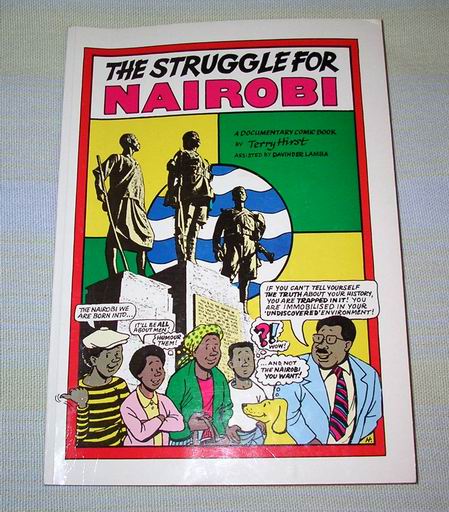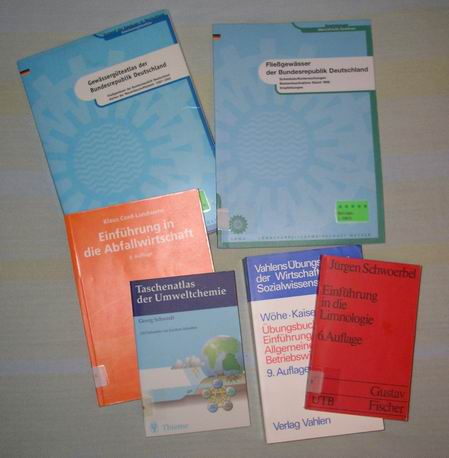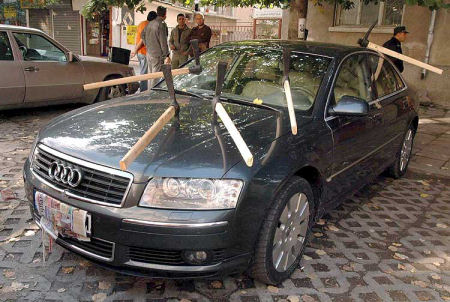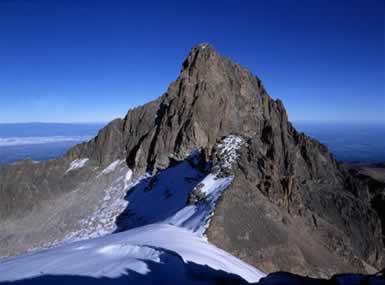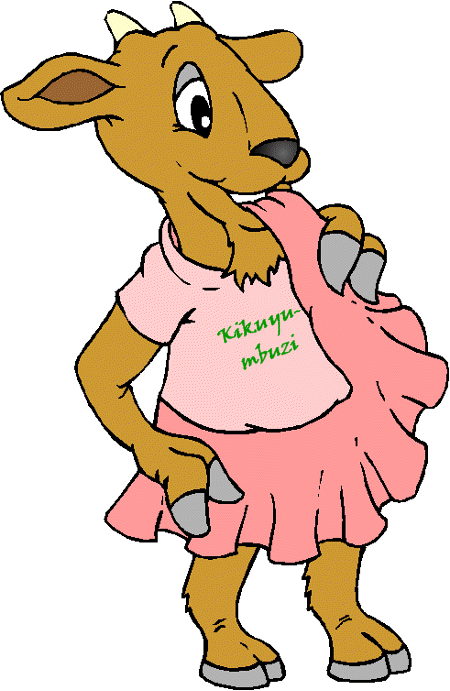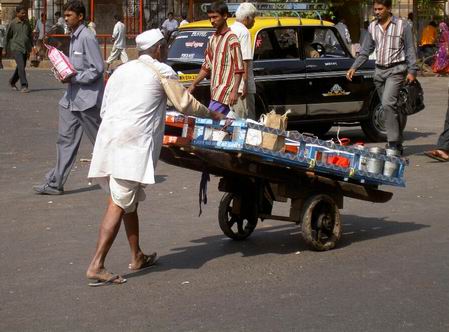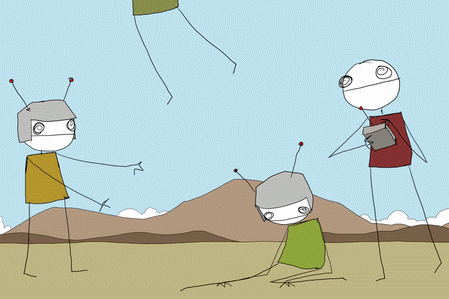Yes, Du bist Deutschland (=you are Germany). Me? A country?
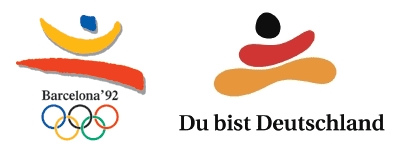
This 30 million EURO campaign, initiated by 25 big media companies in Germany, tries to reach 1,6 billion contacts which equals around 98% of all Germans (~16 contacts per person) – everything over a period of 4 months.
The message they are trying to convey is simple: You are Germany. Whatever that means.
The aim behind all this is to combat any dull or bad mood – something, Germans are good at. At least since 1945, my fellow Germans have followed the golden rule of panem et circenses and consequently left most important decisions to the government. People learned how to shut-up and focus on their work. The fruits of living that way were a working infrastructure, jobs, a booming economy, your Mercedes @home, etc. etc…
As the world is constantly turning around, there’s nothing as constant as CHANGE. We have seen the Wall falling down, a symbolic German Unification, a merger between Daimler-Benz and Chrysler, global terror portrayed with the help of the media, the introduction of the EURO currency in most european countries and reckless global markets coming up. No panem et circenses any more, people are waking up from their Matrix-styled laying batteries. Más vale tarde que nunca.
In summer 2005, Germany’s chancellor Gerhard Schröder asked for a vote of (non-)confidence in order to have reelections a year earlier than expected. The premilinary election results from September 18th are hilarious – 35,2% for CDU/CSU (right-wing) and 34,3% for SPD (somewhere-in-the-middle-wing). Time will tell what kind of coalition we’ll get (or was it Newsweek? :-).
Is it because of the elections that the media started this Du bist Deutschland campaign? I don’t know.
What I DO know, though, is that this stupid You are Germany phrase perfectly makes up for some great satire. Remember, this campaign started two days ago, and we already find visual material on Flickr (like the pic above), tons of media coverage and jokes that follow the “you are….” pattern. Hehe…
Three questions:
1. Instead of spending 30 million EUROs on this useless campaign and knowing that the Internet is a resourceful way of promoting ideas, wouldn’t it have been easier to just spend a few EUROs on a smaller start and see what happens? Or is it just another tax-saving model for the media?
2. WE ARE EUROPE. Why didn’t they use this one?
3. Faith. Hope…Religion? In times of fading interest for community work and a tv programme which is SO out of any morality (and produced by the media!), it apparently takes an expensive campaign to generate some awareness for standards like self-assurance? “Yeah, you know, we can’t offer you any decent jobs at the moment, but hey, look, there are ass and titties, soccer and lame shows on the screen to keep you busy. And to prevent you from slowly drifting away into chaos, here’s this cool campaign which shows you that you can do it too.” No words lost on the church or any other religious institution out there. How come?
Actually, it’s still panem et circenses. The only difference being that in these modern times, we see the media et al sitting on the tribune.
